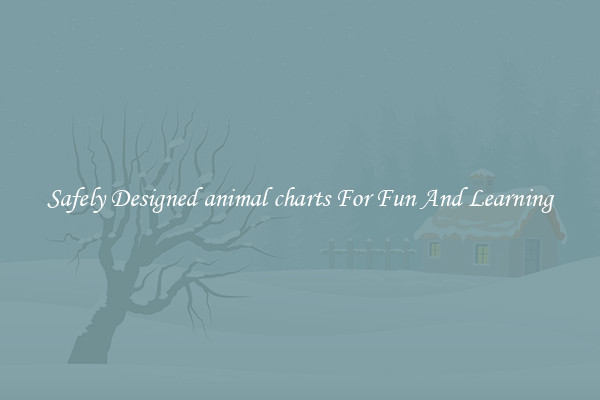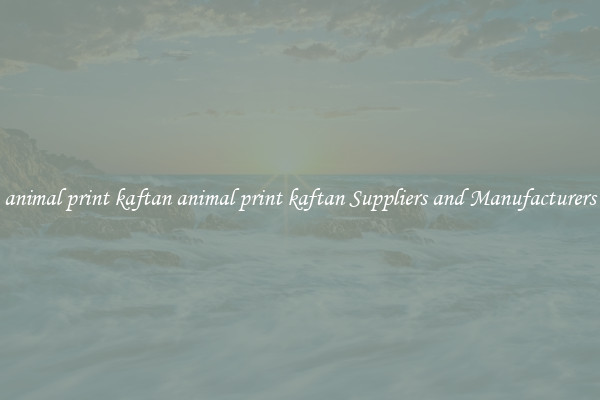Safely Designed animal charts For Fun And Learning
Safely Designed Animal Charts for Fun and Learning

Animal charts have always been a popular educational tool for children, providing a visual representation of different species and fostering a love for wildlife and the natural world. However, when it comes to children's playrooms and classrooms, safety should always be a top priority. That's why it's essential to choose animal charts that are both educational and designed with safety in mind.
One aspect of safely designed animal charts is the materials used. It is important to opt for charts made from non-toxic, sustainable, and durable materials. Children like to touch and interact with charts, and the last thing you want is for them to be exposed to harmful chemicals or for the chart to easily tear or become damaged.
Another safety consideration is the size of the charts. Large charts can be visually appealing and easier to read from a distance, but they should not obstruct the child's view or present any tripping hazards. Opting for charts that are the appropriate size for the space they will be displayed in ensures that children can interact with them safely and comfortably.
Safety can also be ensured through the use of rounded corners on the charts. Sharp corners can pose a risk of injury, especially in a space where children are playing and moving around. Rounded corners not only reduce the risk of accidents but also add to the overall aesthetic appeal of the chart.
One innovative safety feature that can be incorporated into animal charts is antimicrobial technology. Children tend to touch surfaces frequently, and this can lead to the spread of germs or bacteria. Animal charts with antimicrobial properties help to inhibit the growth and spread of these microorganisms, reducing the risk of illness.
In addition to safety considerations, animal charts should also provide an engaging and educational experience for children. Bright colors, high-quality illustrations, and accurate information all contribute to a fun and immersive learning experience. Including interesting facts about each animal or interactive elements such as flaps or stickers can make the learning process even more enjoyable.
When it comes to displaying animal charts, safely designed mounting options should also be considered. Choosing adhesive-free options, such as self-standing charts or hook and loop fasteners, ensures that there will be no sticky residue left behind on walls or other surfaces.
In conclusion, animal charts that prioritize safety while still being fun and educational are an excellent addition to any child's playroom or classroom. By choosing charts made from non-toxic and durable materials, with rounded corners and antimicrobial properties, parents and educators can ensure that children can interact with them safely. Adding engaging elements and accurate information enhances the educational experience, promoting a love for wildlife and the natural world. So, let your little ones explore the animal kingdom with safely designed animal charts!

View details

View details

View details

View details








